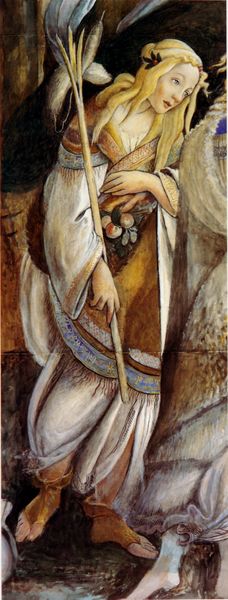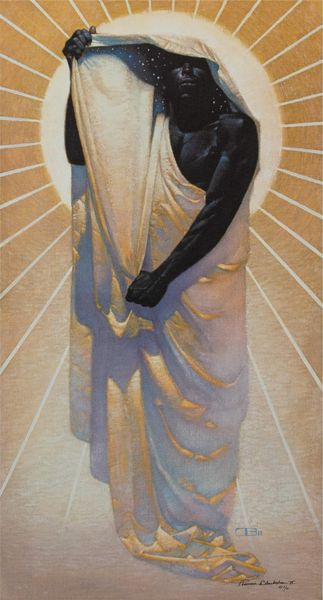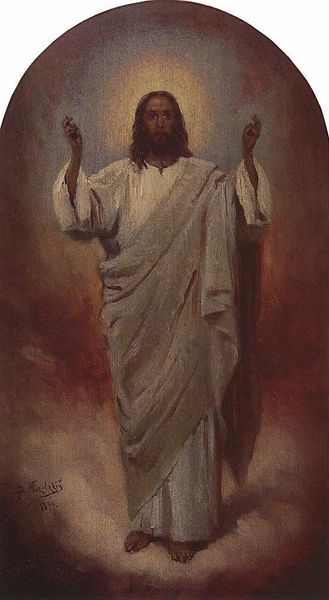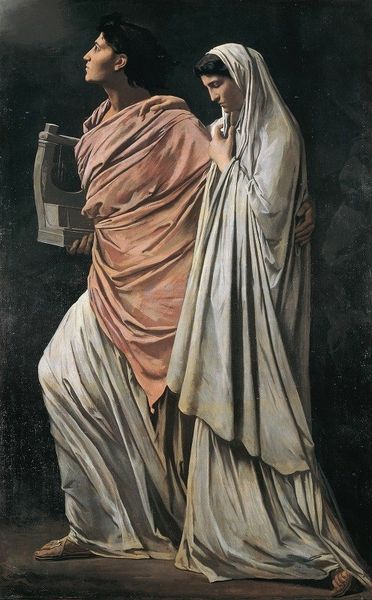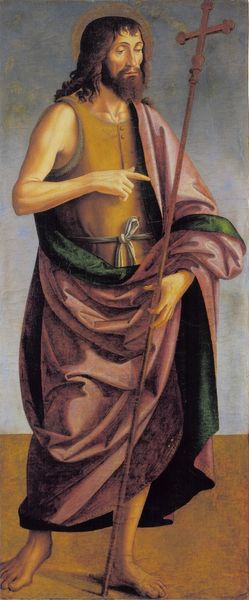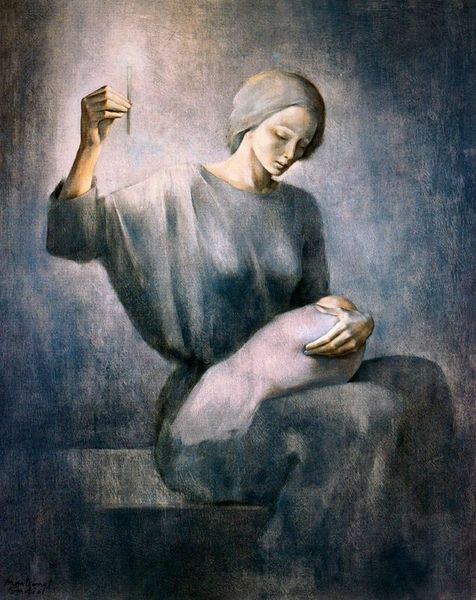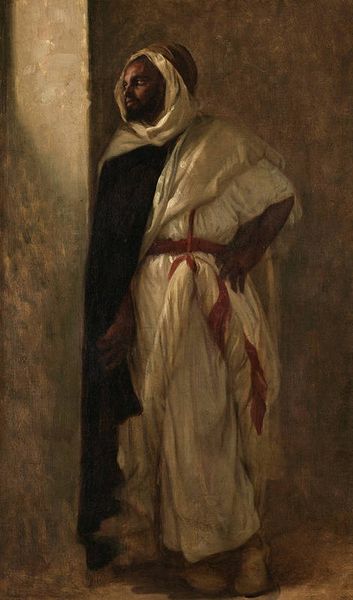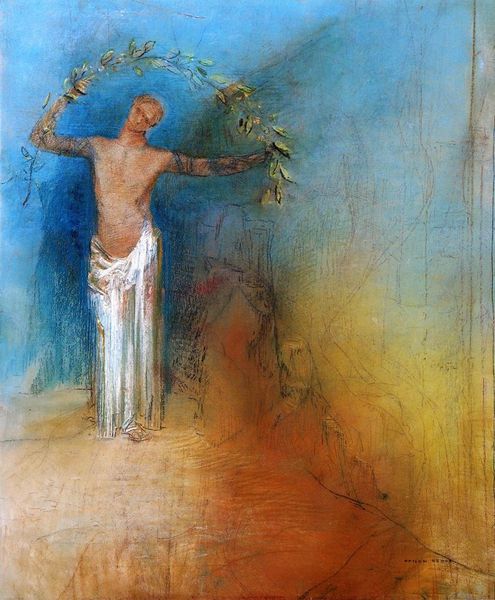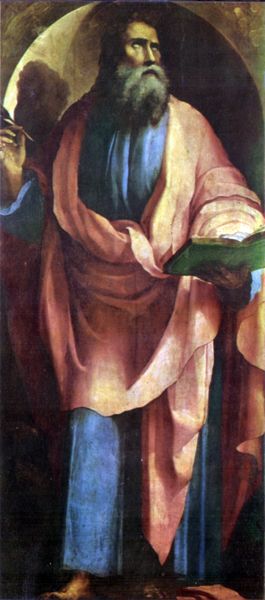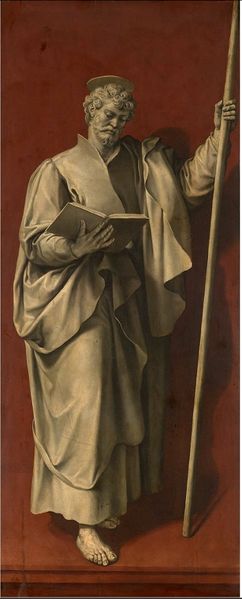
painting, oil-paint
#
portrait
#
painting
#
oil-paint
#
oil painting
#
portrait drawing
#
history-painting
#
nude
Dimensions: 199 x 100.5 cm
Copyright: Diego Rivera,Fair Use
Curator: Diego Rivera's oil painting, "Portrait of Ruth Rivera," completed in 1949, presents a compelling composition. Editor: The immediate impact is striking; the draping white fabric seems almost sculptural against the warm, muted palette, doesn't it? It commands attention. Curator: Indeed. Observe how Rivera masterfully manipulates light and shadow to define form. The composition hinges on a fascinating dichotomy; one figure directly confronts us while the other, seemingly a mirrored reflection, gazes outwards. Consider also how this structure alludes to the cultural emphasis on mirroring, doubles, and ancestral lineage that underscores Rivera's vision. Editor: And what's truly remarkable is how that cultural significance extends beyond mere aesthetics. As a historian, I am inclined to explore Rivera's social and political engagement in this work. Curator: Absolutely. Beyond its visual merits, one cannot ignore the societal context in which the portrait exists, especially regarding gender representation and the role of women within artistic and historical discourses. The depiction hints at the traditional muse-artist relationship, inviting commentary on societal expectations. Editor: That’s right. Ruth Rivera herself was an architect, defying many societal constraints. By situating her within a classical, almost Grecian context—the flowing white robes are particularly evocative—Rivera might be making a statement about timelessness and the enduring power of the female spirit, even within historically restrictive cultural structures. Curator: From a formalist standpoint, it's compelling to consider how those cultural readings interact with the painterly application and structural aspects. The interplay between form and content generates additional interpretive complexity. Editor: Exactly. It shows how aesthetic choices can profoundly engage with social and political narratives. This portrait urges us to reflect not only on the artwork itself but also on its societal and cultural implications, prompting us to engage with those layers and complexities more critically. Curator: Indeed, a testament to Rivera's mastery of form and his contribution to the politics of imagery. Editor: It is also a good instance of how artworks challenge prevailing views on femininity and heritage.
Comments
No comments
Be the first to comment and join the conversation on the ultimate creative platform.
